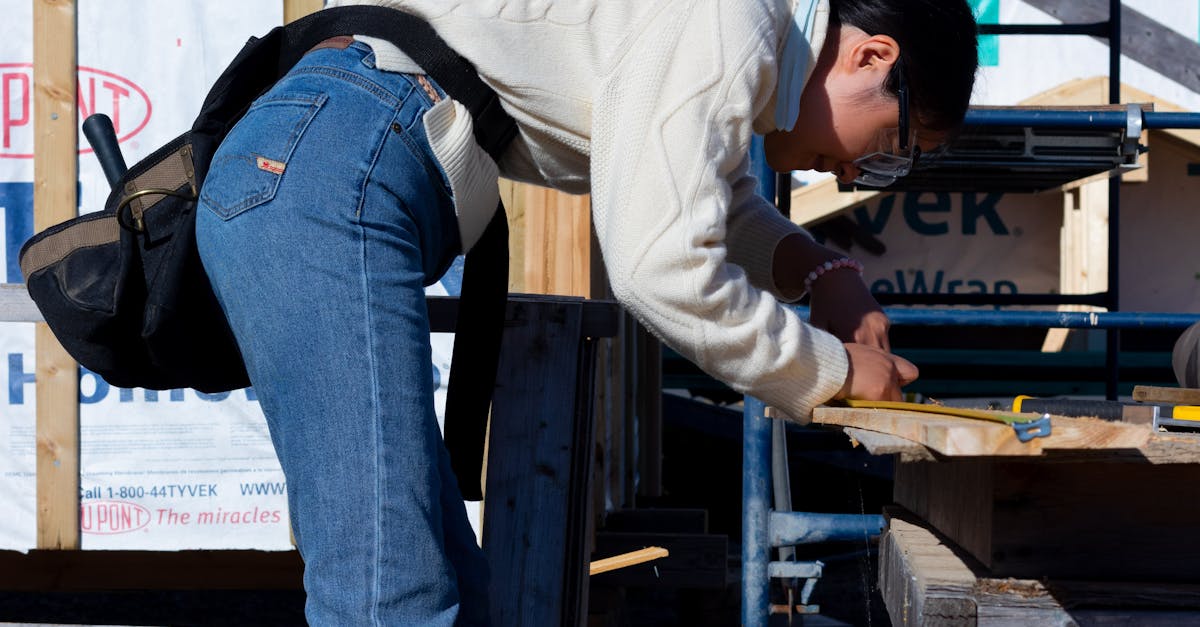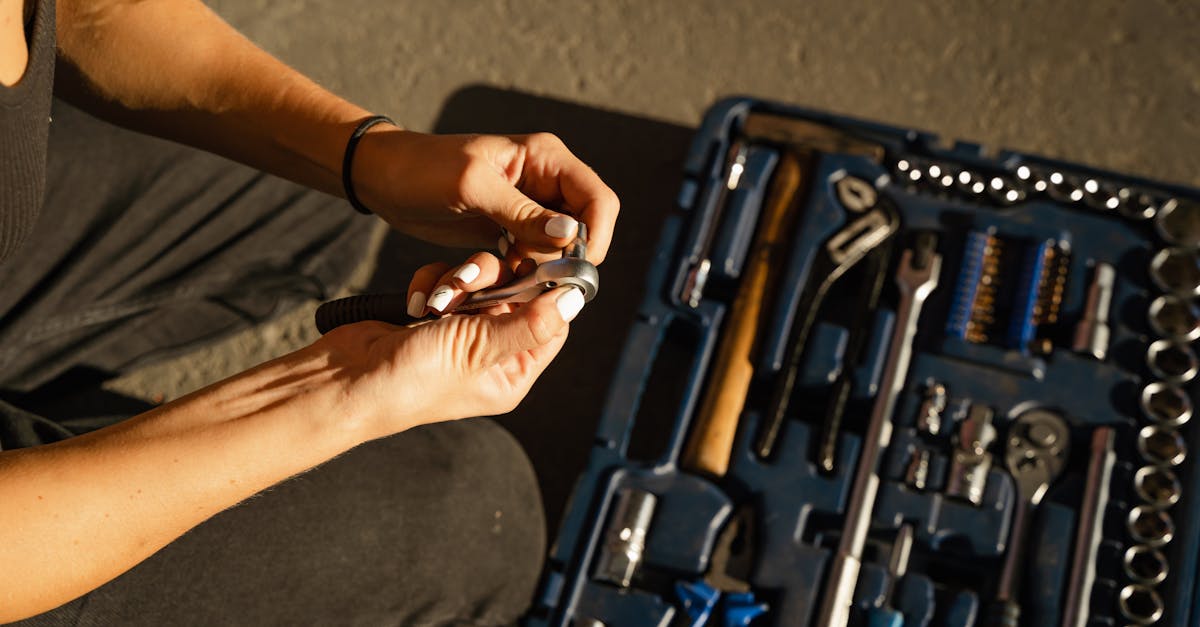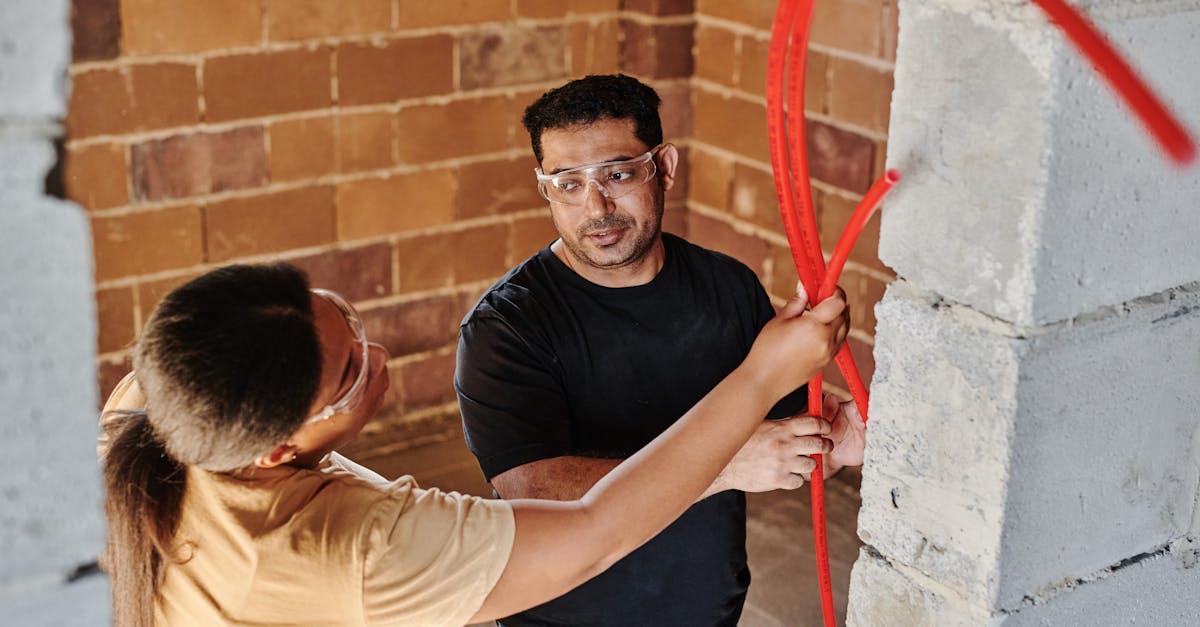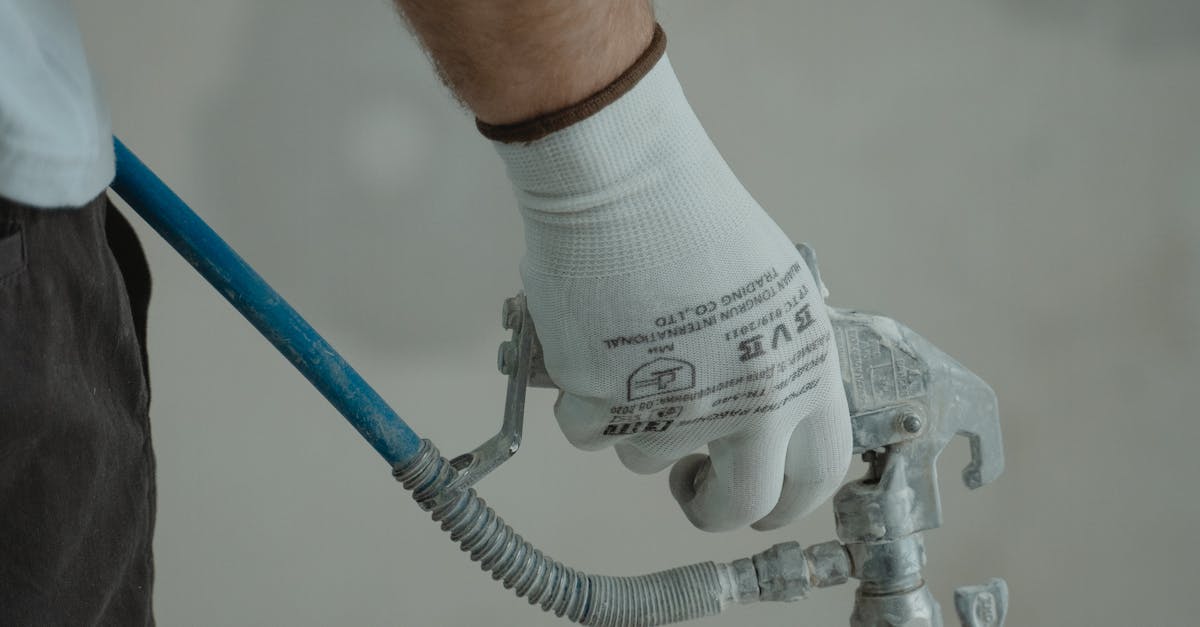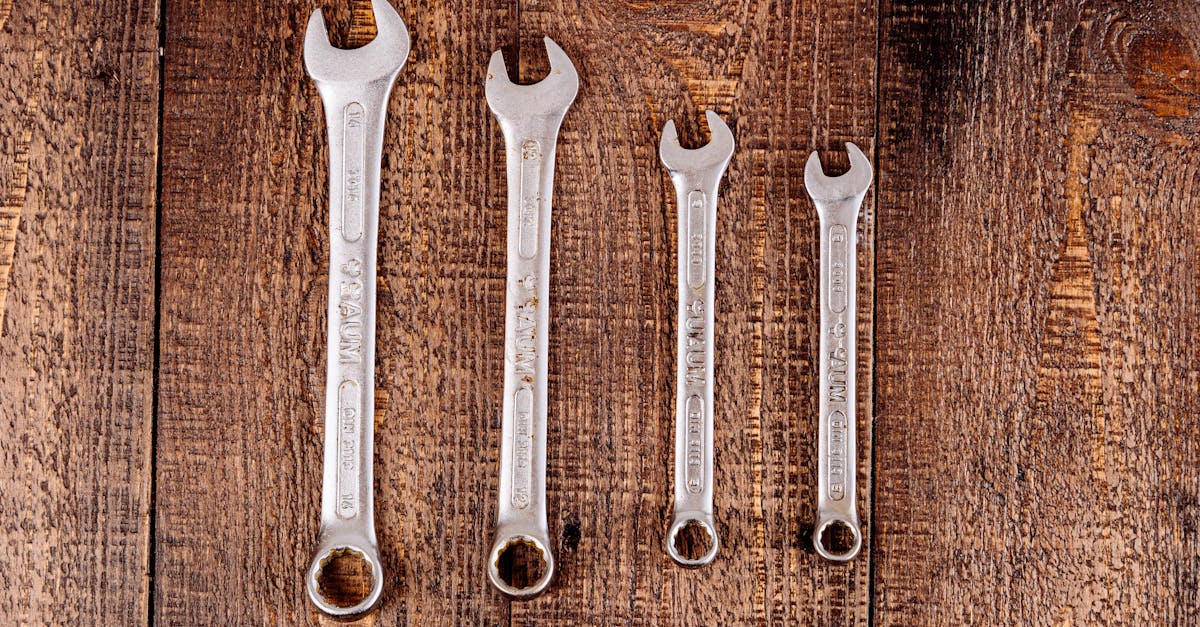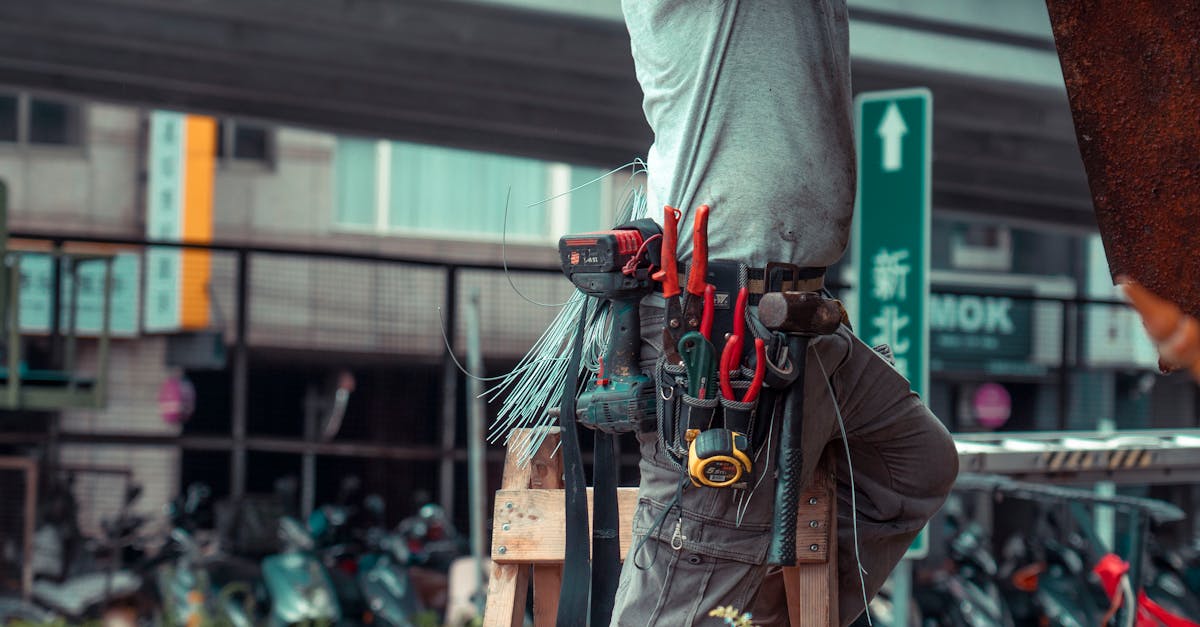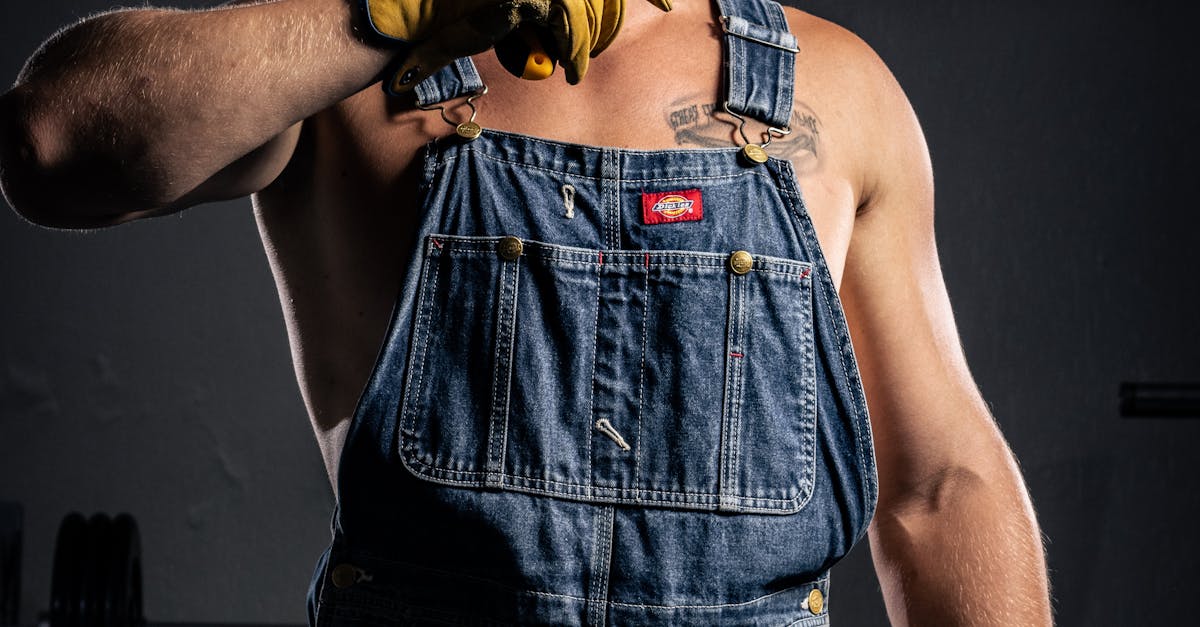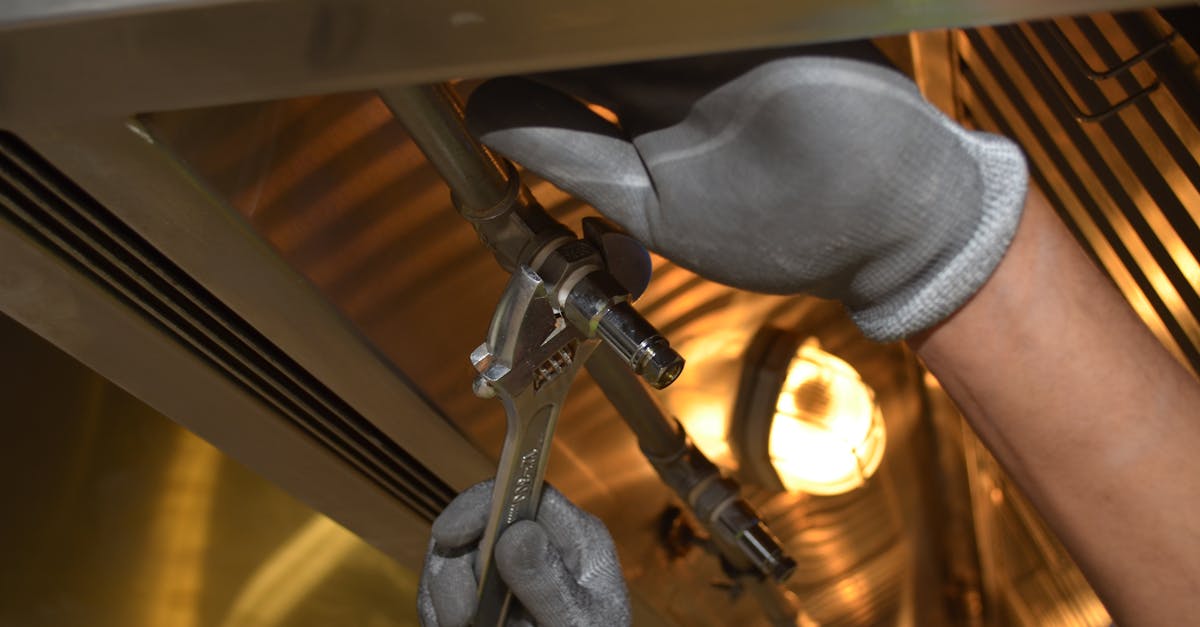
Table Of Contents
Employ a Plumbing Snake
A plumbing snake is a versatile tool that can be highly effective for dealing with stubborn clogs. This long, flexible cable is designed to reach deep into pipes and dislodge debris that standard plungers or chemical solutions might not be able to handle. Using a plumbing snake generally involves inserting the end of the cable into the drain until you feel resistance, suggesting that you've hit the blockage. With a turn of the handle, the auger on the end of the snake will begin to break up the accumulated material, allowing it to be flushed away with water.
For those unsure about the process, hiring a blocked drain plumber can save time and ensure the job is done correctly. These professionals possess the experience and tools necessary to tackle more complicated clogs that might be beyond the reach of a DIY approach. Employing a plumbing snake requires patience and careful handling to avoid damaging the pipes, making it essential to recognise when to call in an expert. A blocked drain plumber will not only clear the blockage but can also provide tips on preventing future issues.
Proper Technique for Using a Drain Snake
When using a drain snake, it is essential to start by selecting the correct type of snake for your specific plumbing issue. Smaller, handheld snakes work well for kitchen sinks, while larger models are more effective for toilets and main sewer lines. For optimal results, insert the snake into the drain slowly, ensuring not to force it in too quickly. This allows you to feel for any obstructions along the way. Continuing to push gently should make it easier to navigate bends in the pipes without causing damage.
Once you reach the obstruction, rotate the snake to break up the blockage. This action will often help dislodge hair, grease, or foreign objects that may be causing the issue. If the blockage is particularly stubborn, consider extending the snake further into the drain. Remove the snake gradually while keeping tension on the line, as this will help bring any debris back with it, enhancing the chances of clearing the blockage. If these attempts fail, it may be time to consult a blocked drain plumber for a professional assessment and solution.
Consider a Wet/Dry Vacuum
A wet/dry vacuum can be a useful tool for addressing stubborn clogs in drains. This versatile gadget allows you to create a powerful suction that can pull out debris causing the blockage. Before starting, ensure that the vacuum is appropriately set for liquid and that the hose is securely attached. Properly placing the vacuum hose in the drain opening helps prevent any mess, making the unclogging process cleaner and more efficient.
If the blockage persists after using the vacuum, it might be time to consider calling a blocked drain plumber for further assistance. They possess the tools and expertise necessary to handle more severe issues that may lie deeper in the plumbing system. While a wet/dry vacuum is a great first step, complex blockages often require professional intervention to ensure the plumbing is thoroughly cleared.
How to Unclog Drains with a Vacuum
Using a wet/dry vacuum can be an effective method to tackle a clogged drain. Begin by ensuring the vacuum is set to liquid mode if it has such a feature. Position the vacuum nozzle as close to the drain opening as possible to form a tight seal. This seal enhances suction, making the removal of blockage easier. Once everything is in place, turn on the vacuum and allow it to pull the obstruction out. If the block is substantial, you may need to use this method multiple times to clear the drain entirely.
After attempting the vacuum method, check the results. If water still drains slowly or not at all, it might be time to consult a blocked drain plumber for further assistance. Additional tools and expertise may be necessary to resolve stubborn clogs. Regular maintenance and careful monitoring can help prevent future blockages, ensuring your drains remain functional. Keeping a clean and well-functioning drainage system can save time and money in the long run.
Inspect the PTrap
The P-trap is a crucial component of your plumbing system, designed to trap debris and prevent foul odours from entering your home. When dealing with a blocked drain, it is essential to inspect this section of plumbing for potential clogs. Over time, hair, soap scum, and food waste can accumulate, creating blockages that lead to slow drains or complete obstructions. If you notice significant buildup, disassembling the P-trap for cleaning could be necessary.
Cleaning and maintaining your P-trap can often resolve drainage issues without needing professional assistance. However, if the problem persists after inspecting and cleaning this area, it may be time to consult a blocked drain plumber. They possess the expertise to identify deeper issues within your plumbing system and employ the right techniques to restore proper flow. Regular maintenance of the P-trap can prevent future clogs and extend the lifespan of your plumbing.
Cleaning and Maintaining Your PTrap
Maintaining your P-trap is essential for preventing blockages in your drain system. Regular inspection can help catch any buildup of hair, grease, or food particles before they create a significant issue. Simply remove the trap from under your sink, clean it thoroughly using hot, soapy water, and inspect for any damages. Ensuring the seals are intact can prevent leaks and keep your plumbing system running smoothly.
If you do find persistent issues despite regular cleaning, enlisting the help of a blocked drain plumber may be necessary. They have the expertise and tools to address more complicated problems that might not be fixed through simple maintenance. Regular upkeep can save you time and money in the long run, making it a worthwhile investment in your home's plumbing.
FAQS
What is a plumbing snake and how does it work?
A plumbing snake, also known as a drain snake or auger, is a flexible tool designed to remove clogs from pipes. It works by being inserted into the drain, where it can break up or retrieve blockages that are causing the clog.
Can I use a wet/dry vacuum to unclog a drain?
Yes, a wet/dry vacuum can be effective for unclogging drains. It creates strong suction that can pull out debris and blockages, especially in sinks and tubs.
How do I clean and maintain my P-trap?
To clean your P-trap, you can remove it from the plumbing system and rinse it out with hot water. Be sure to check for any buildup or debris, and use a non-abrasive brush if needed. Regular maintenance can help prevent future clogs.
What should I do if the plumbing snake doesn't work?
If the plumbing snake fails to clear the clog, you may want to consider using a wet/dry vacuum or inspecting the P-trap for blockages. If none of these methods work, it may be time to call a professional plumber for assistance.
Are there any chemical drain cleaners I can use?
While chemical drain cleaners can sometimes be effective, they can also be harsh on pipes and the environment. It's often better to try mechanical methods like a plumbing snake or a wet/dry vacuum before resorting to chemicals. If you do use a chemical cleaner, follow the instructions carefully and use it sparingly.
